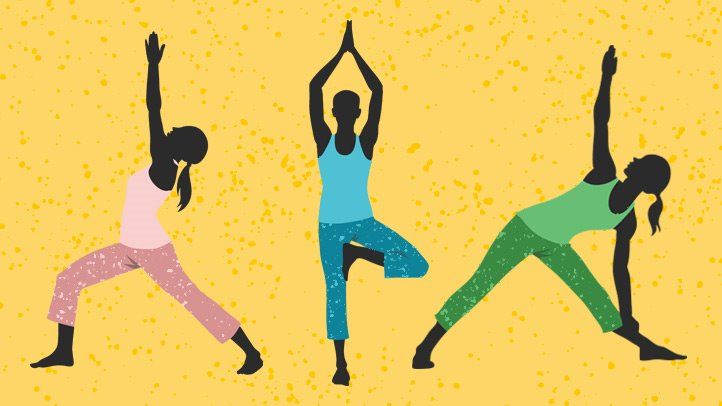Yoga is an old practice that includes body positions, ways to breathe, and meditation to improve general health and harmony. It is an art that brings together the mind, body, and spirit, allowing practitioners to find inner peace and balance. While the physical aspect of yoga is crucial, the atmosphere and ambiance play a significant role in enhancing the experience. One key element that can elevate your yoga class is the choice of music.
The Impact Of Music on Yoga:
Music has a big effect on how we feel and can create a powerful environment that helps us do yoga better. The right choice of music can help establish a calming and tranquil environment, easing the mind into a state of relaxation and focus. It can also facilitate a deeper connection with oneself, allowing practitioners to delve into their practice with greater mindfulness.
Benefits Of Using Royalty-Free Yoga Music:
When it comes to selecting music for your yoga classes, opting for royalty free yoga music offers several advantages. Royalty-free music is composed specifically for various purposes, including yoga, meditation, and relaxation. Here are some reasons why choosing royalty-free yoga music is beneficial:
Legal Considerations: Using copyrighted music without permission can result in legal consequences. By utilizing royalty-free music, you ensure that you are adhering to copyright laws and protecting yourself from any potential legal issues.
Seamless Integration: Royalty-free yoga music is created to enhance yoga practices, making it seamlessly blend with the flow of your class. These compositions are specifically designed to complement the movements, breathing exercises, and meditative aspects of yoga.
Wide Variety: Royalty-free music libraries offer an extensive range of tracks suited for different styles of yoga. Whether you prefer gentle and soothing melodies for Yin or Restorative Yoga, or more energetic and uplifting rhythms for Vinyasa or Power Yoga, you can find a vast selection to cater to your class’s needs.
Customization: Many royalty-free music platforms allow you to customize the duration and intensity of the tracks, enabling you to find the perfect music to align with the pace and energy of your yoga sequences. This gives you the freedom to build an atmosphere that fits your teaching style and the tastes of your students.
Affordability: Royalty-free music is often more cost-effective than licensing copyrighted tracks. Many platforms offer affordable subscription plans or one-time purchase options, making it accessible to yoga instructors and studios of all sizes.
Tips For Choosing Royalty-Free Yoga Music:
Now that we know why it’s good to use royalty-free yoga music, let’s look at some important things to think about when choosing music for your yoga classes:
Tempo And Energy: Consider the tempo and energy of the music and how it aligns with the style and intensity of your class. Slow, serene melodies work well for gentle practices like Yin or Restorative Yoga, while more vibrant and rhythmic tracks can invigorate Vinyasa or Power Yoga sessions.
Instrumentation: Pay attention to the instrumentation used in the music. Soft instrumental tracks with instruments like flutes, harps, and gentle percussion can create a soothing and tranquil environment. Nature sounds, such as flowing water or chirping birds, can also add an element of serenity to your classes.
Vocal Or Non-Vocal: Decide whether you prefer music with vocals or non-vocal compositions. Vocal tracks can evoke specific emotions and create a more dynamic experience, while non-vocal music can provide a serene backdrop that allows practitioners to focus inwardly.
Continuity And Transitions: Ensure that the music you choose creates a seamless flow throughout your class. The tracks should blend well together, providing a cohesive experience without jarring transitions that may disrupt the meditative state of your students.
Feedback From Students: Be open to feedback from your students. Consider their preferences and incorporate their suggestions when selecting music for your classes. This collaborative approach can help create a more inclusive and engaging environment.
Conclusion:
Music has the power to enhance the ambiance, tranquility, and focus of a yoga class. Choosing royalty-free yoga music offers numerous benefits, including the legality, seamless integration, customization options, and affordability. By considering factors like tempo, instrumentation, vocal or non-vocal tracks, and student feedback, you can create a captivating and transformative experience for your students. Remember, the right music, combined with your guidance and expertise, can take your yoga classes to new heights, allowing practitioners to delve deeper into their practice and find inner peace and serenity.








